At home with Deborah Berke
Architect Deborah Berke talks to us about art, collaboration, climate change and the future, from the living room of her Long Island home
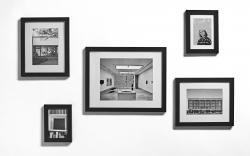
Not only is architect Deborah Berke one of her field’s leading professionals and an instantly recognised name in worldwide design, she was also the subject of the very first architecture story in Wallpaper* – when the magazine launched in 1996. In similar fashion, we kick off the architectural element of our ‘At home with’ interview series by hearing from this renowned American, who shares with us insights, hopes, dreams and inspiration. Berke, who has worked as an architect since 1982, is now the head of her eponymous practice as well as the dean of the Yale School of Architecture – the first woman to ever hold this position. Her career has always blended teaching and practising, as well as art, luxury and minimalism, with key works including the Marianne Boesky Gallery and the interiors at 432 Park Avenue, both in New York City, the Irwin Union Bank in Columbus, and a wealth of private homes.
At home with Deborah Berke
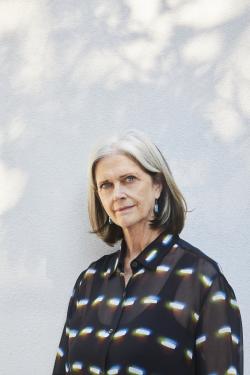
Deborah Berke.
W*: Where are you at the moment? What can you see?
Deborah Berke: In the living room in my house on the eastern end of Long Island. From the couch where I often read, and sometimes sleep, I can see beautiful trees and starkly crisp bright blue sky. When I first envisioned this room while designing the house, I wanted to capture the long horizontal expanse of green and the everchanging edge it makes with the sky above. I continue to cherish that view.
W*: What’s the last thing you bought?
DB: I recently bought a small painting by the Trinidadian-American artist Allana Clarke. I absolutely love it. Allana was recently a fellow at NXTHVN, the artists’ residency and mentorship programme founded by Titus Kaphar, for which we designed the building. So that connection makes it even more meaningful to me.
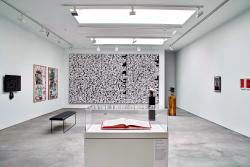
NXTHVN Gallery
W*: Where and when do you find you are most productive?
DB: Early in the morning when the sun is bright and the sky is blue. I crave natural light and long views – they don’t have to be of anything beautiful or recognisable, they just have to have significant distance. I work best near a window on a big open surface, so I can arrange my digital devices and have paper and a variety of implements with which to draw.
W*: Favourite place, anywhere in the world? And why?
DB: I have endless favourite places, really anywhere I can take a long walk and discover something. I love leaving a hotel and finding streets, shops, restaurants, parks, buildings and activities that are new to me. When we design hotels, we always try and key into the local culture, to celebrate, elevate, and connect to it in a contemporary way.

NXTHVN Gallery.
W*: What’s the one thing (in your creative field) you wish you had designed or invented?
DB: A contemplative space, like a Quaker meeting house or a temple.
W*: Ten years from now you’ll be…
DB: I’ll still be an architect.
Wallpaper* Newsletter
Receive our daily digest of inspiration, escapism and design stories from around the world direct to your inbox.
W*: What are you reading, and what do you think of it?
DB: I read lots of things simultaneously on a broad range of subjects. Iwan Baan just gave me the new book he did with Frances Kéré. I admire both of their work so much. I’m also reading a novel by Shirley Hazzard, The Great Fire. I recently bought This is Where We Find Ourselves by Njaimeh Njie, which documents the displacement of the Black community in Pittsburgh. I’m also reading Capote’s Women by Laurence Leamer, which is gossipy and fun.
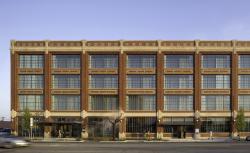
21c Museum Hotel Oklahoma City.
W*: What’s inspiring you right now?
DB: Fear for the planet. It’s hard for architects to have an impact on war or hunger or other global issues, but we have a big role to play in combatting the climate crisis. We do a lot of adaptive reuse projects, and we’ve recently been analysing the embodied carbon we’ve saved in some of our recent projects, and, honestly, the numbers are really incredible. So adaptive reuse is a very powerful tool in fighting climate change.
W*: How do you switch off? Do you switch off?
DB: I swim.
W*: Favourite material to work with and why?
DB: I like all materials, particularly natural materials. I just want them to be honest, and I love when they’re detailed in an interesting or unexpected way.

Art piece by Allana Clarke
W*: What one piece of advice would you give for the next generation?
DB: Stay engaged. Keep your eyes trained on the just future your generation is fighting for and work to build it.
W*: What’s been your biggest failure and what did it teach you?
DB: Architecture is always a bit of a highwire act, so I think there’s always a bit of fear of failure. I use that as motivation to be as rigorous as I can.
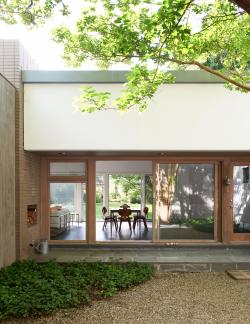
Long Island house.
W*: Who is your dream collaborator?
DB: We love working with artists, so working with Titus Kaphar on NXTHVN was a dream project. We hope to collaborate again. And I look forward to working with other artists on projects we can’t even imagine yet.
W*: If you weren’t an architect, what would you have been?
DB: An architect is all I ever wanted to be, so I can’t imagine anything else, in this life at least.
INFORMATION
Ellie Stathaki is the Architecture & Environment Director at Wallpaper*. She trained as an architect at the Aristotle University of Thessaloniki in Greece and studied architectural history at the Bartlett in London. Now an established journalist, she has been a member of the Wallpaper* team since 2006, visiting buildings across the globe and interviewing leading architects such as Tadao Ando and Rem Koolhaas. Ellie has also taken part in judging panels, moderated events, curated shows and contributed in books, such as The Contemporary House (Thames & Hudson, 2018), Glenn Sestig Architecture Diary (2020) and House London (2022).
-
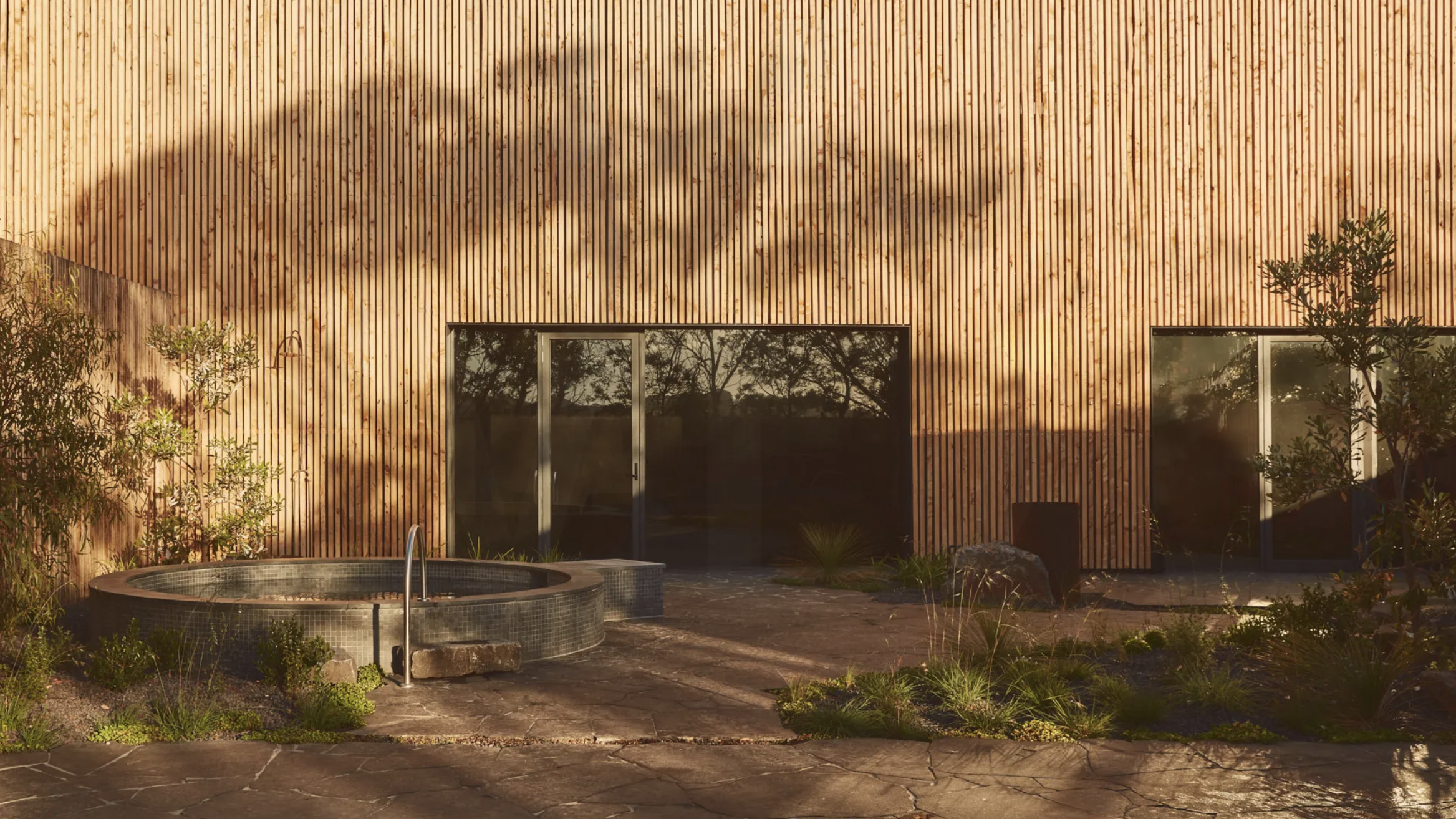 Australian bathhouse ‘About Time’ bridges softness and brutalism
Australian bathhouse ‘About Time’ bridges softness and brutalism‘About Time’, an Australian bathhouse designed by Goss Studio, balances brutalist architecture and the softness of natural patina in a Japanese-inspired wellness hub
By Ellie Stathaki
-
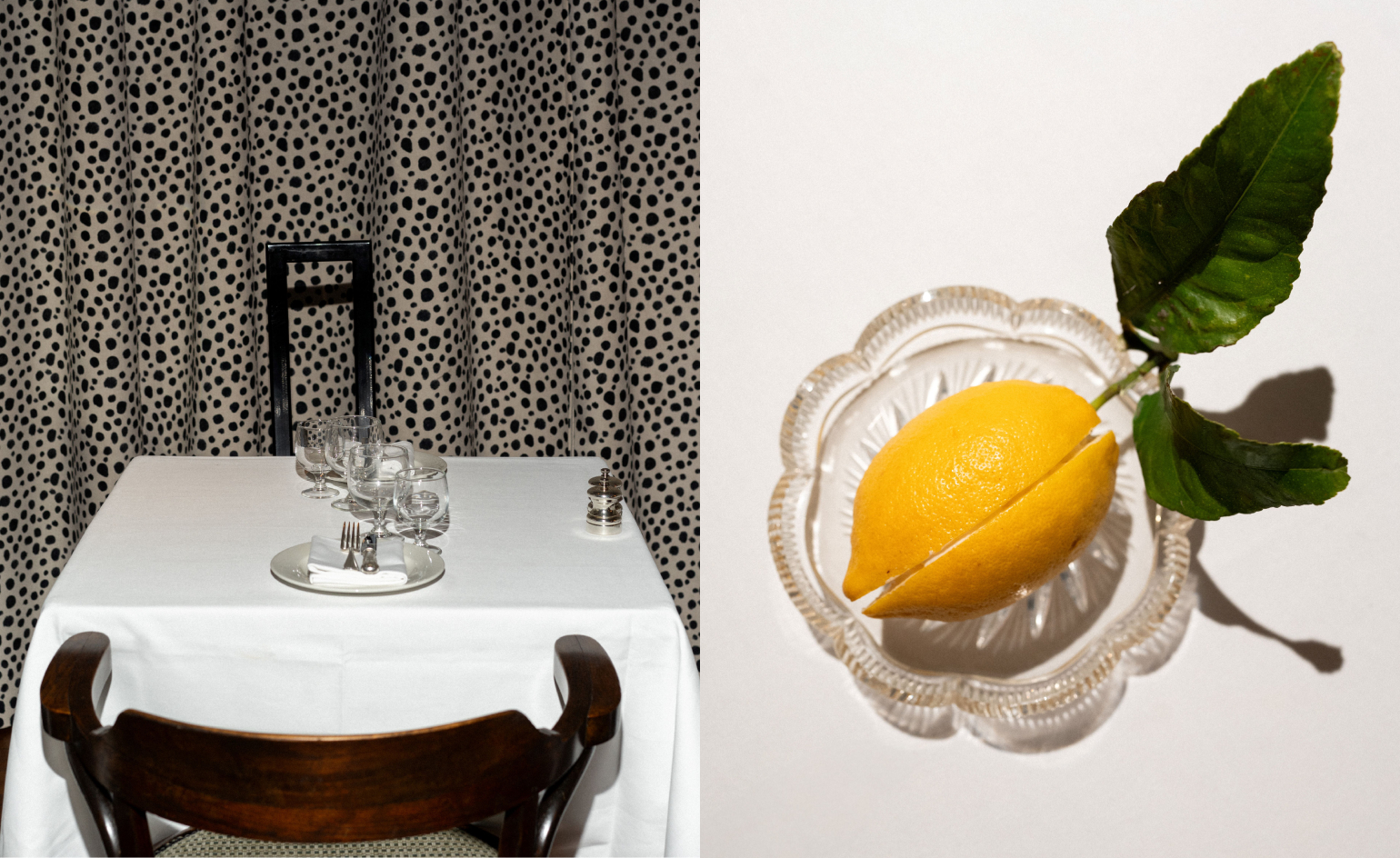 Marylebone restaurant Nina turns up the volume on Italian dining
Marylebone restaurant Nina turns up the volume on Italian diningAt Nina, don’t expect a view of the Amalfi Coast. Do expect pasta, leopard print and industrial chic
By Sofia de la Cruz
-
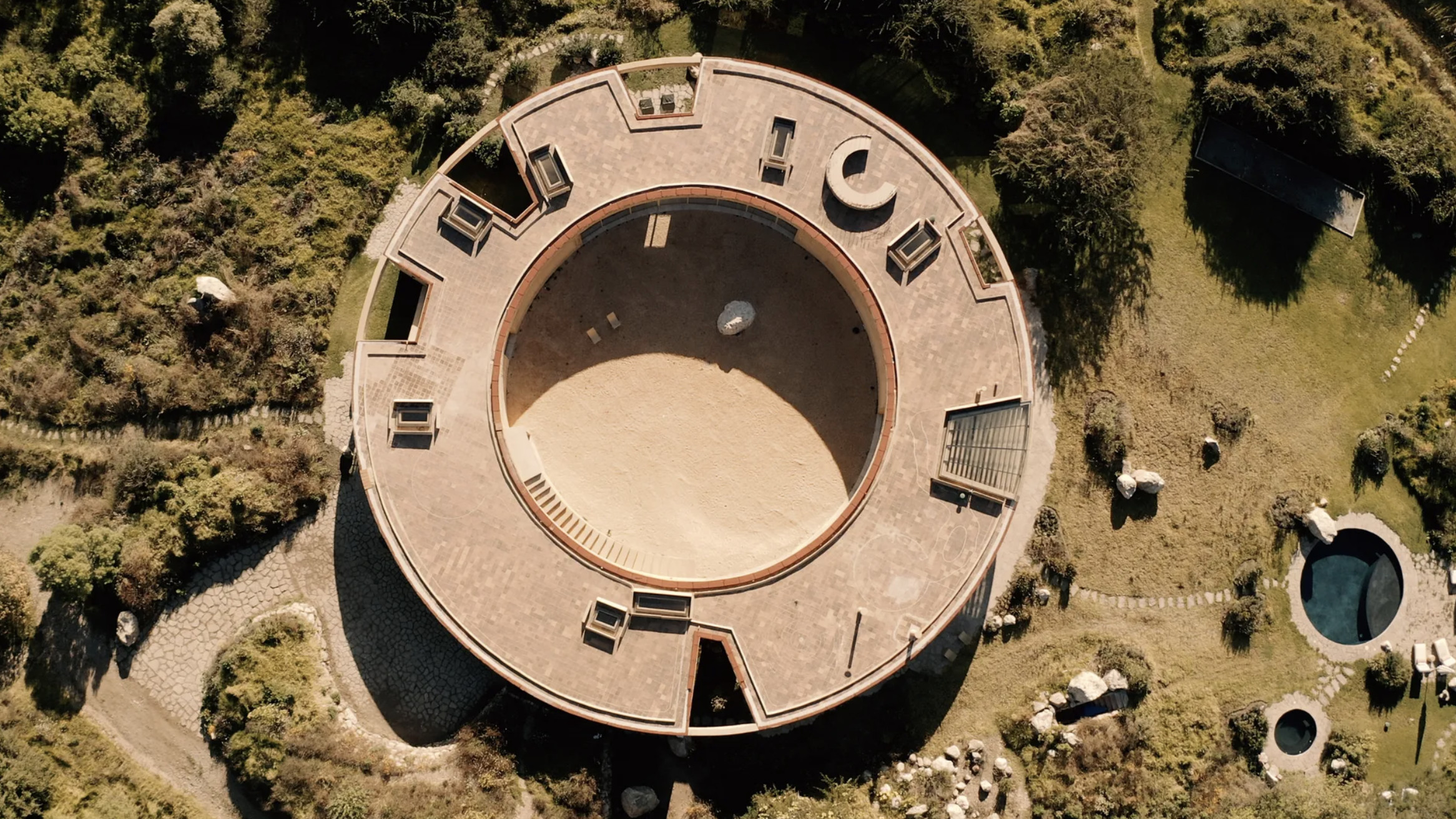 Tour the wonderful homes of ‘Casa Mexicana’, an ode to residential architecture in Mexico
Tour the wonderful homes of ‘Casa Mexicana’, an ode to residential architecture in Mexico‘Casa Mexicana’ is a new book celebrating the country’s residential architecture, highlighting its influence across the world
By Ellie Stathaki
-
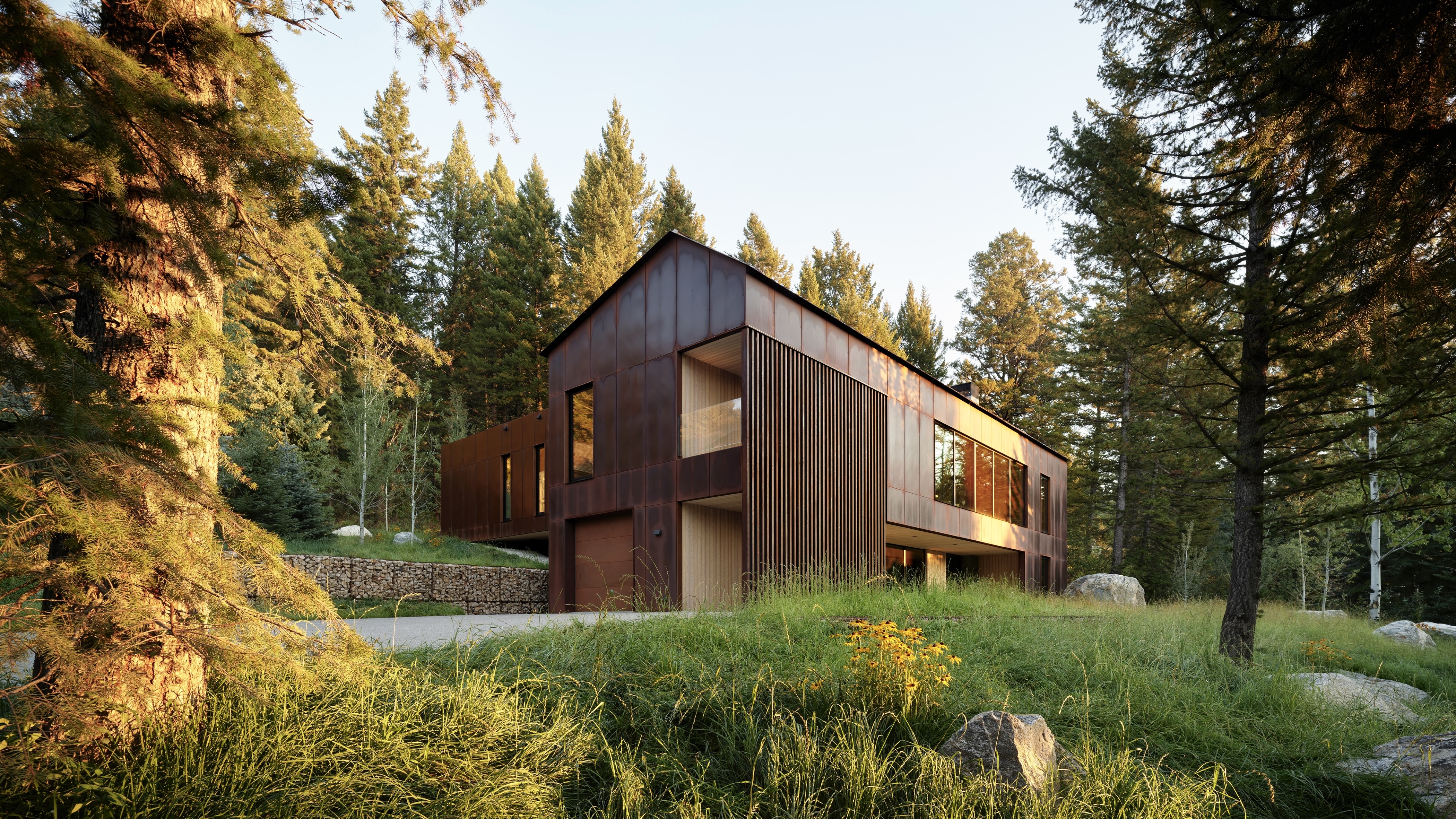 This minimalist Wyoming retreat is the perfect place to unplug
This minimalist Wyoming retreat is the perfect place to unplugThis woodland home that espouses the virtues of simplicity, containing barely any furniture and having used only three materials in its construction
By Anna Solomon
-
 We explore Franklin Israel’s lesser-known, progressive, deconstructivist architecture
We explore Franklin Israel’s lesser-known, progressive, deconstructivist architectureFranklin Israel, a progressive Californian architect whose life was cut short in 1996 at the age of 50, is celebrated in a new book that examines his work and legacy
By Michael Webb
-
 A new hilltop California home is rooted in the landscape and celebrates views of nature
A new hilltop California home is rooted in the landscape and celebrates views of natureWOJR's California home House of Horns is a meticulously planned modern villa that seeps into its surrounding landscape through a series of sculptural courtyards
By Jonathan Bell
-
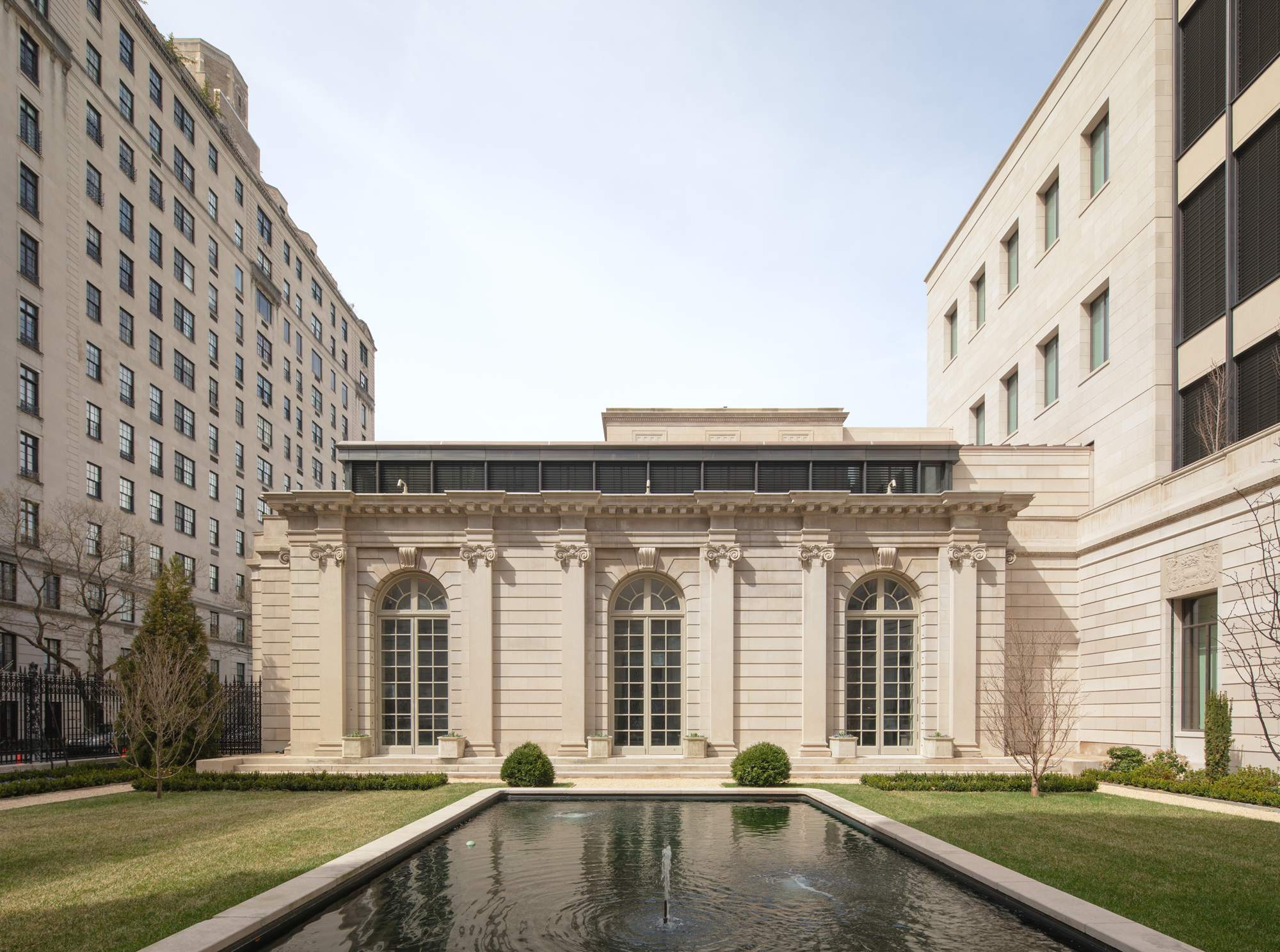 The Frick Collection's expansion by Selldorf Architects is both surgical and delicate
The Frick Collection's expansion by Selldorf Architects is both surgical and delicateThe New York cultural institution gets a $220 million glow-up
By Stephanie Murg
-
 Remembering architect David M Childs (1941-2025) and his New York skyline legacy
Remembering architect David M Childs (1941-2025) and his New York skyline legacyDavid M Childs, a former chairman of architectural powerhouse SOM, has passed away. We celebrate his professional achievements
By Jonathan Bell
-
 The upcoming Zaha Hadid Architects projects set to transform the horizon
The upcoming Zaha Hadid Architects projects set to transform the horizonA peek at Zaha Hadid Architects’ future projects, which will comprise some of the most innovative and intriguing structures in the world
By Anna Solomon
-
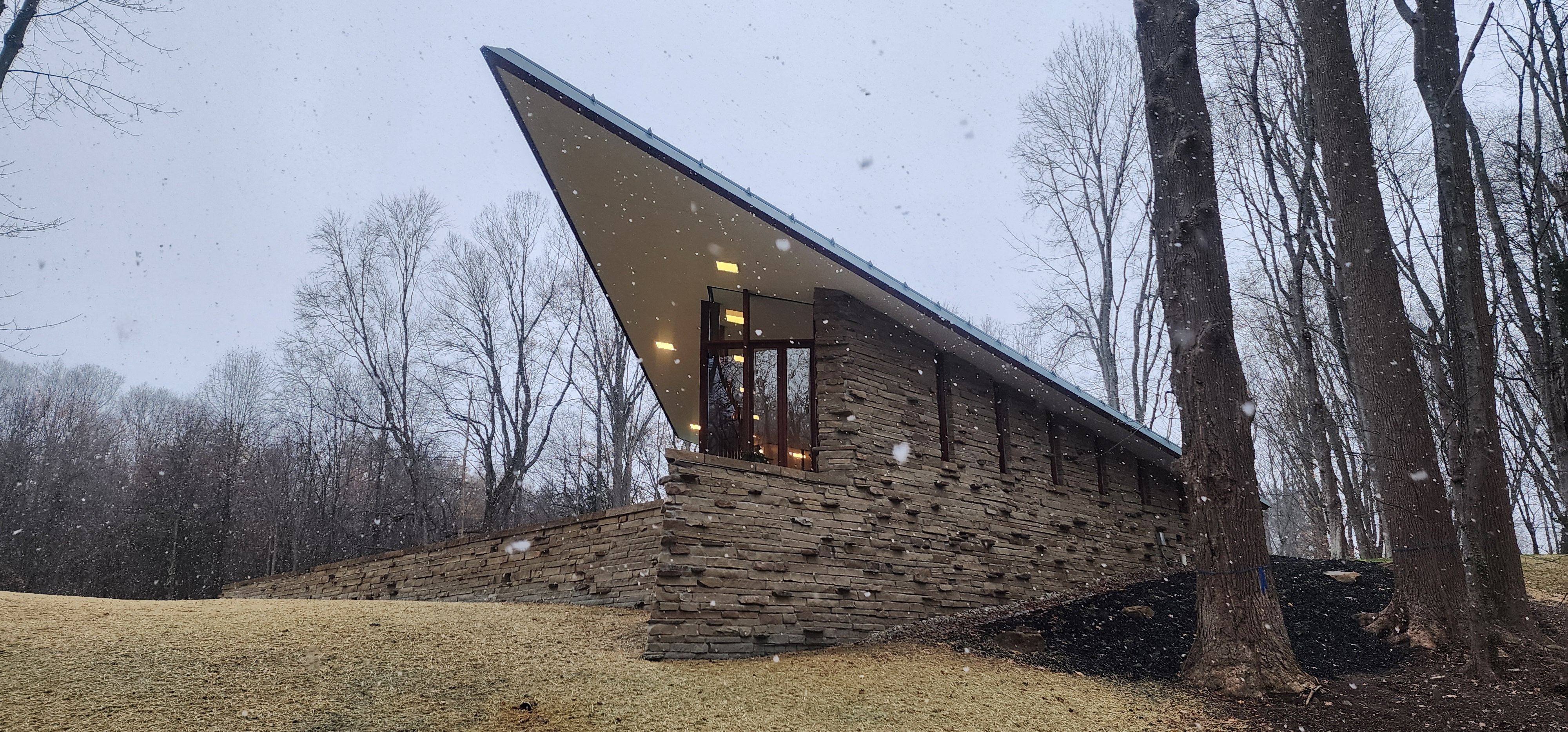 Frank Lloyd Wright’s last house has finally been built – and you can stay there
Frank Lloyd Wright’s last house has finally been built – and you can stay thereFrank Lloyd Wright’s final residential commission, RiverRock, has come to life. But, constructed 66 years after his death, can it be considered a true ‘Wright’?
By Anna Solomon
-
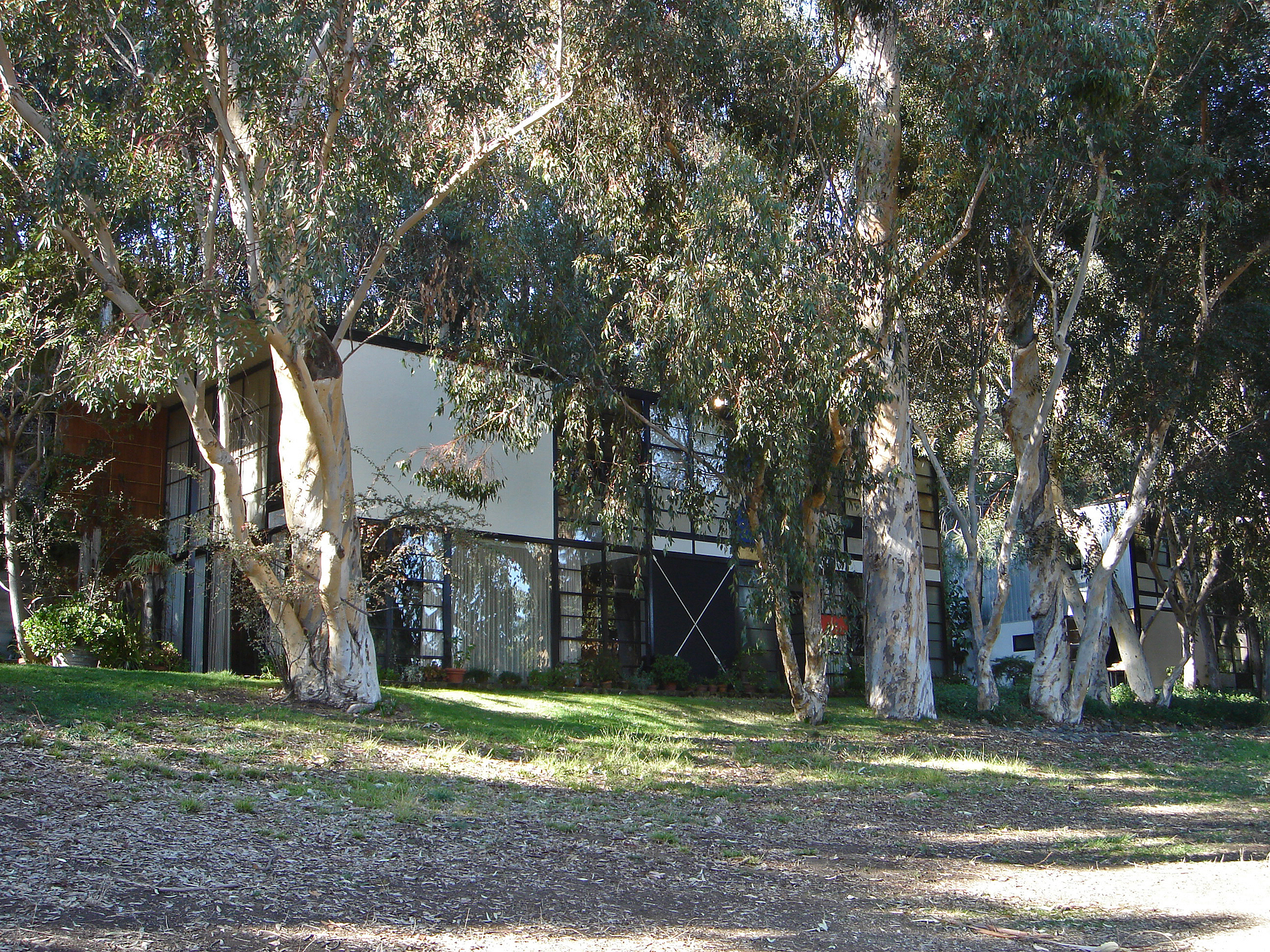 Heritage and conservation after the fires: what’s next for Los Angeles?
Heritage and conservation after the fires: what’s next for Los Angeles?In the second instalment of our 'Rebuilding LA' series, we explore a way forward for historical treasures under threat
By Mimi Zeiger